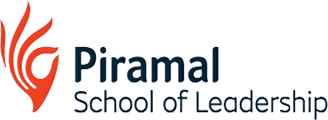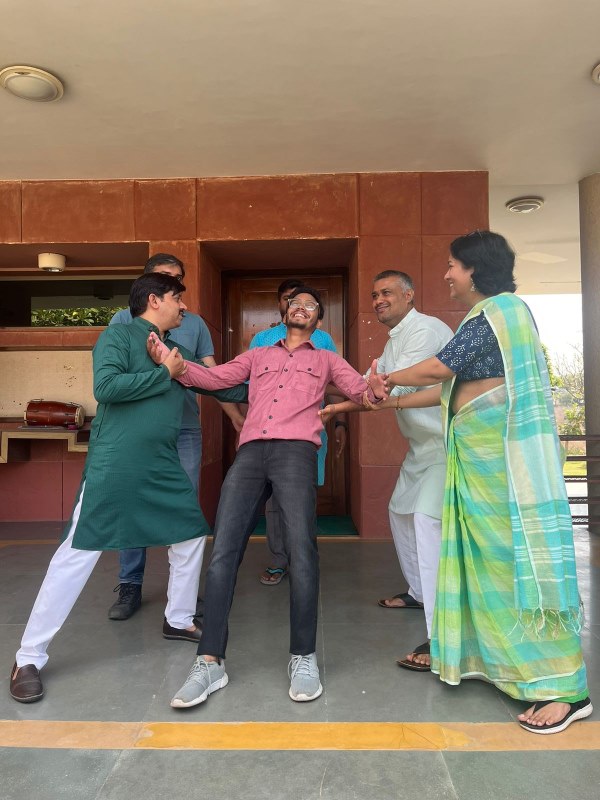
When I got this opportunity to write a few words on ‘trust’ and ‘ownership’, I found myself engaging in deep, thoughtful conversations with my father, my colleagues, and my friends; all of who I felt would have a deeper understanding of the word, owing to their vast experiences with people and life. Then there was this one night when I lay in my bed reading about ‘trust’ and my fifteen-year-old said “What is so difficult to understand Mamma? Trust is what I have in you, the feeling of being secure and myself when you are around!”
I looked at her and asked her “Why would you trust me?”, to which she responded, “because I have seen you doing just the same, making me feel secure, being there when I felt scared or alone, helping when I needed your help, so I trust you that you would be around when I need you”.
Thus, so simply it dawned on me that trust is nothing but an assessment of behavior of another person to risk providing him or her access to one’s inner space. As simple a statement as ‘I trust you’, provides validation to one’s character; on the other hand, ‘I do not trust you’ comes as almost a character assassination. The moment we are shouldered with “I trust you,” we are also shouldered with immense responsibility. The responsibility to own the task or situation for which we are being ‘trusted’. In a professional situation, the feeling of being trusted leads to the employees being responsible for and taking ownership of what they are supposed to deliver. Trust thus becomes the cornerstone of any working relationship.
In our recent PM Rise Bootcamp, the trust games we played beautifully brought forward the aspect of responsibility and owning a situation. When you have a friend blindfolded and thus ‘blindly’ trusting you to guide him or her to safety, it involves humungous trust and the colossal responsibility of owning the route to safety.
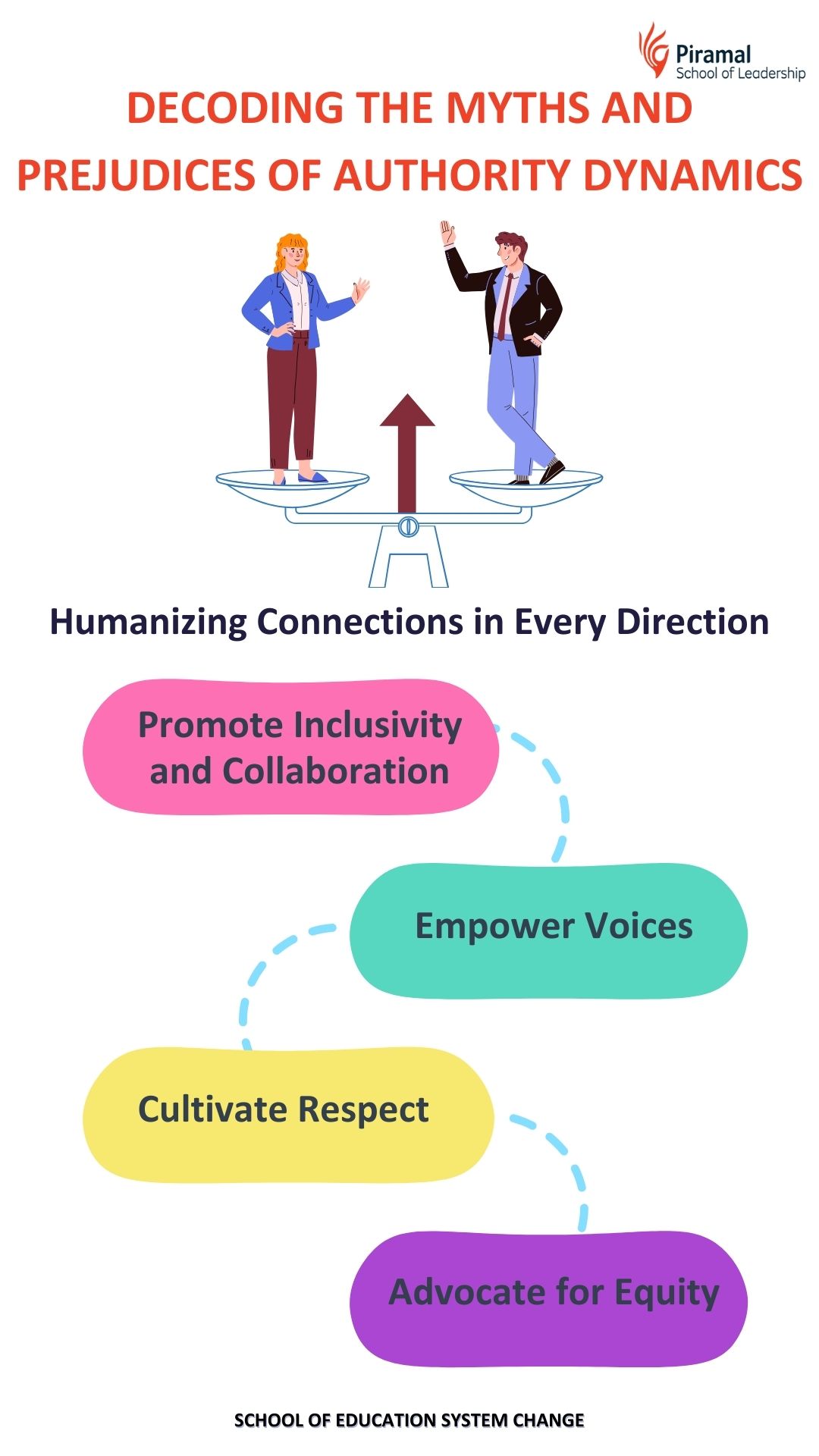
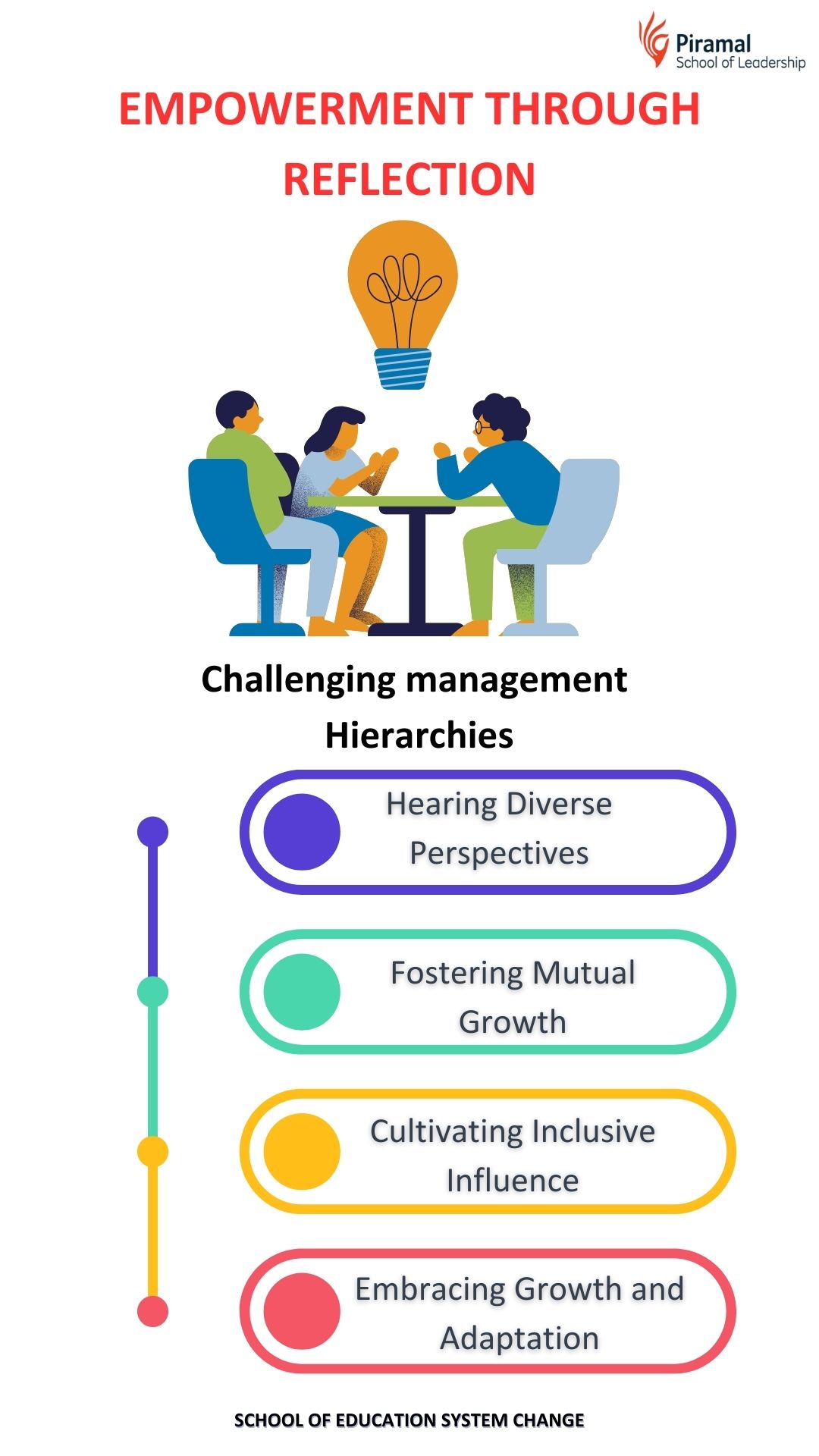
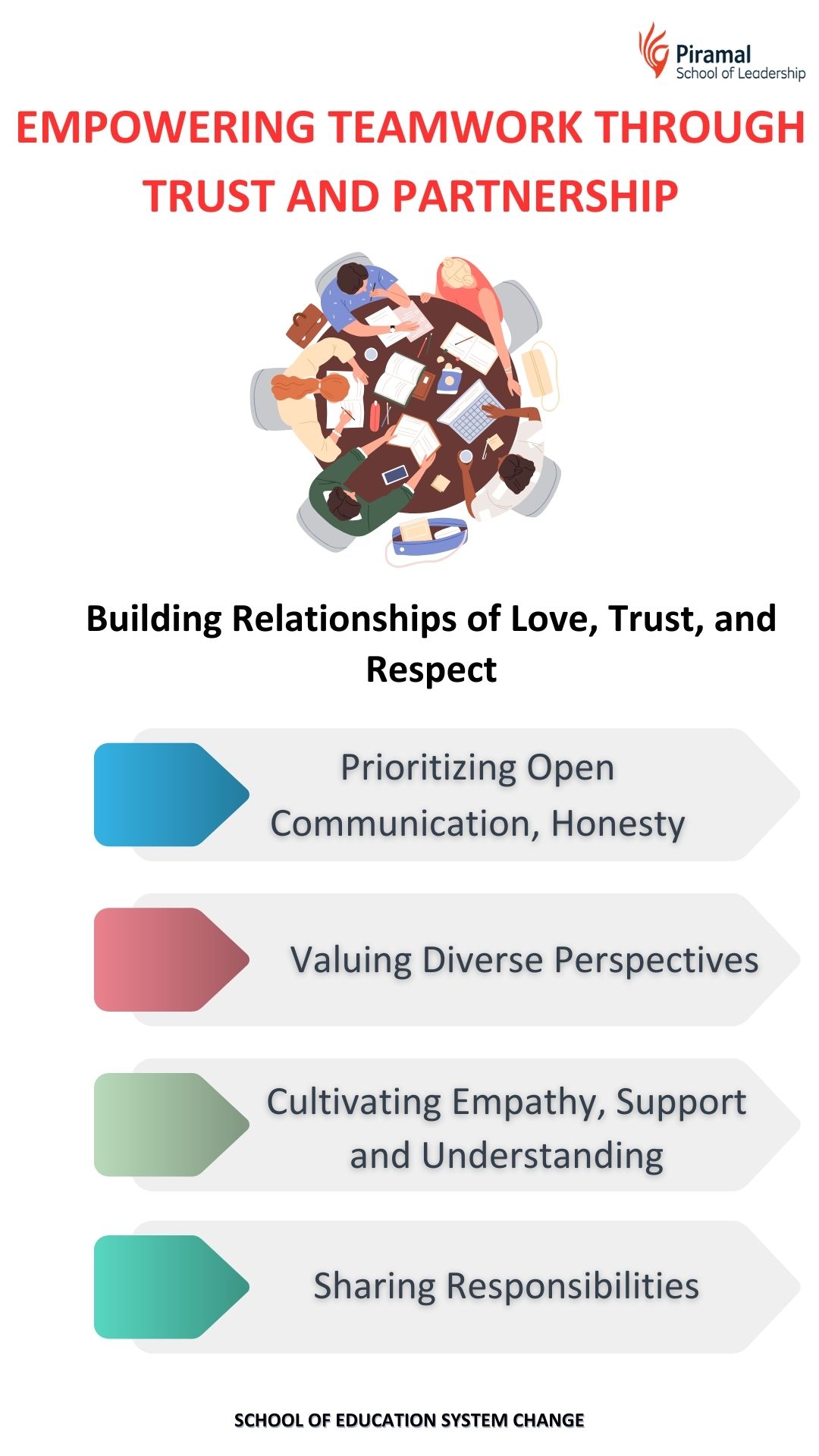
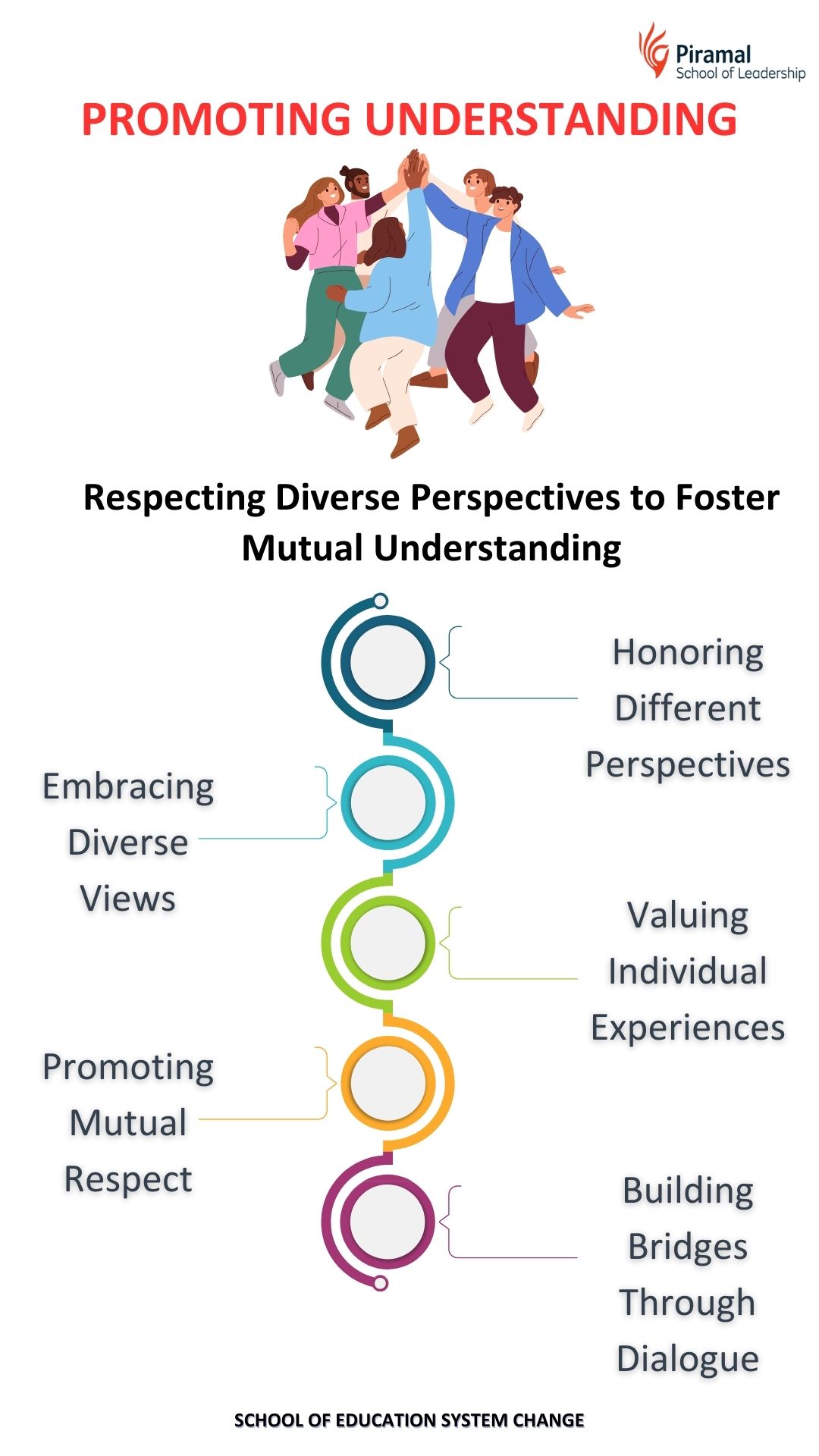
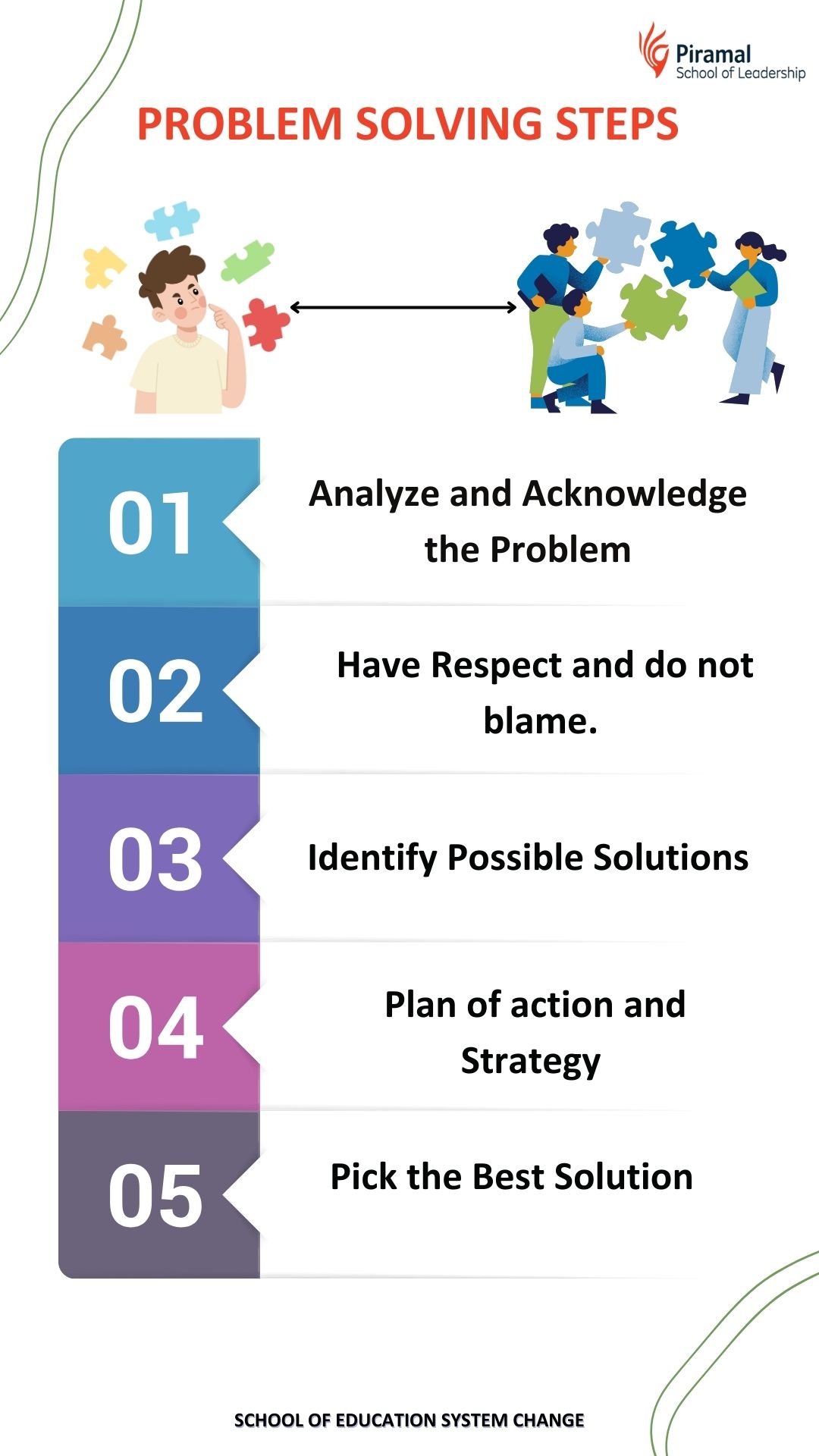
Now that we have established trust being a behavior pattern, we need to question what behaviors exude trust. What is it that makes us trust each other? Let us consider the Trust Walk activity - The blindfolded friend trusts a fellow partner to guide him or her to safety. The guide shows ‘reliability’ – the guide is reliable and would do what the pair would have decided to use as the messaging language. The guide is accountable for his or her actions and would be responsible for the partner’s safety. Moving on to other spheres of life, certain other behaviors that help us gain trust are –
- When we have clear knowledge of what we know and for what we need instructions. We know when we need assistance and can ask for it instead of trying to do it all ourselves.
- When we keep away from unnecessary sharing of information and respecting the privacy of people who trusted us with their personal information
- When we are not afraid of choosing right over wrong
- When we can look beyond our judgments, prejudices, and biases.
- When we can be generous to understand other people’s perspectives, intentions, actions, and words.
Trust and ownership are a cyclical process. As trust gives rise to ownership, the path of ownership paved with honesty and transparency leads to building trust. Being transparent means sharing relevant information completely and fostering an understanding and respectful environment. Honesty, on the other hand, speaks about sharing truthfully, however uncomfortable the truth would be. When we exhibit these behaviors consistently, it results in our gaining our colleagues’ trust.
Open communication, empathy, appreciation of others, promoting a learning culture, and seeking feedback regularly, are all actions demonstrating ownership leading to an environment of growth, respect, and mutual respect. However, the consistency of such behaviors would in time lead to a trusting team.
‘I have learned to trust; I have learned to live!’
TAGS
SHARE




